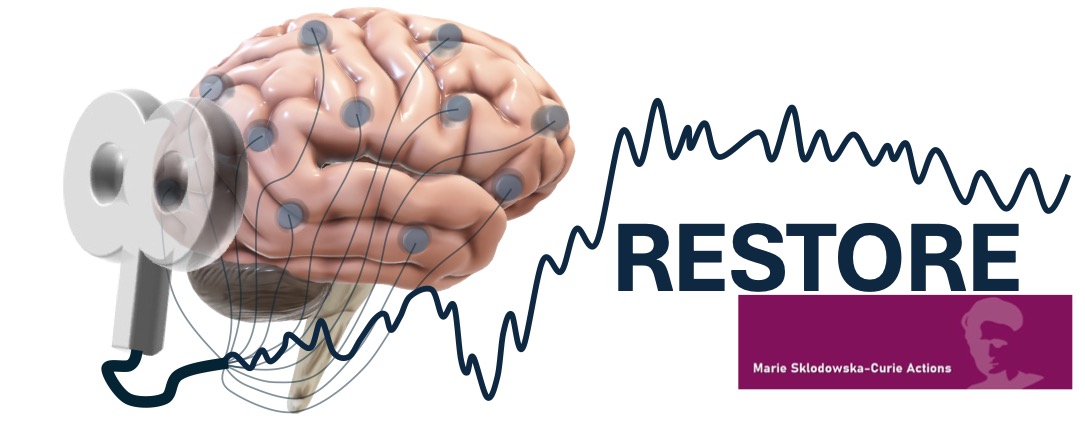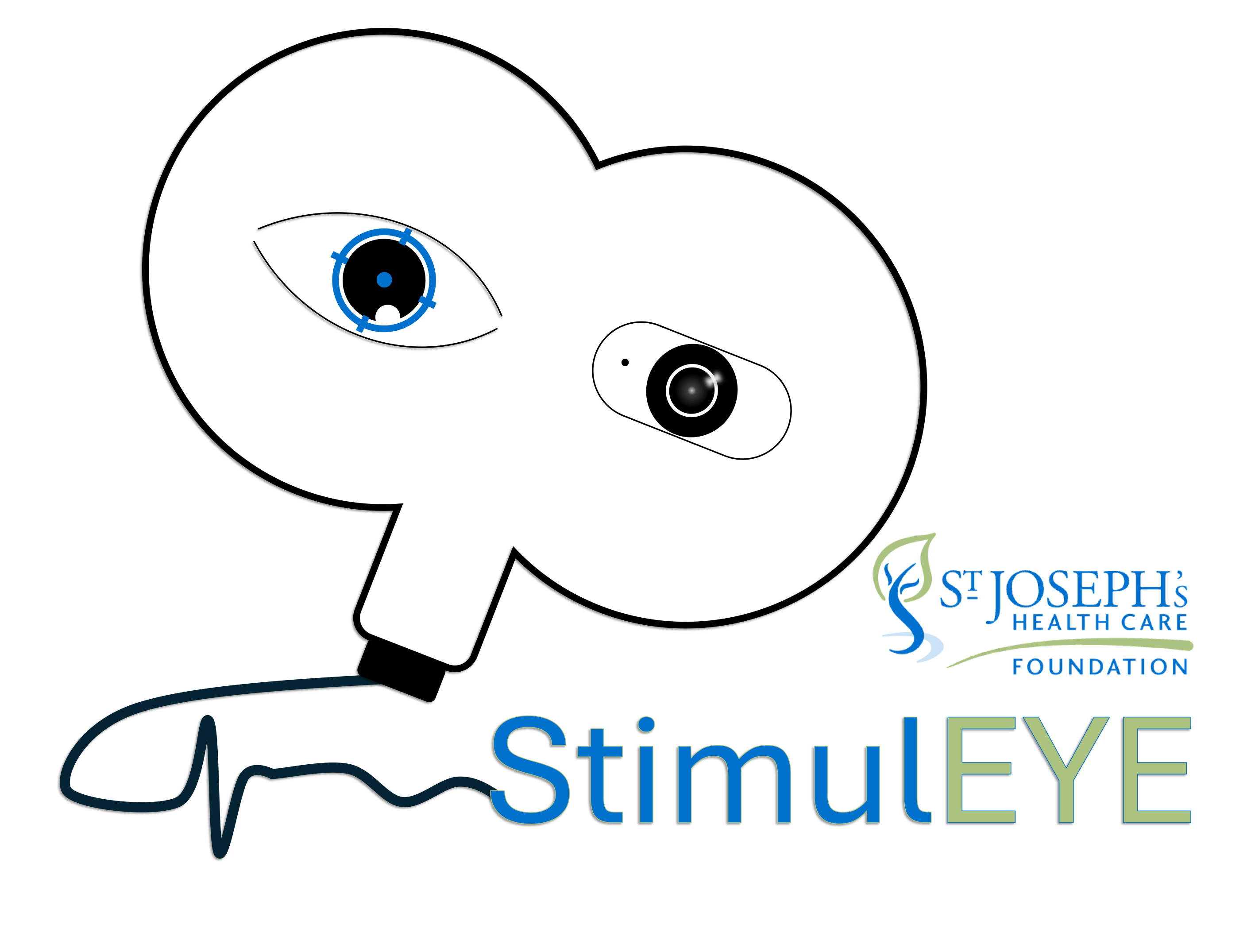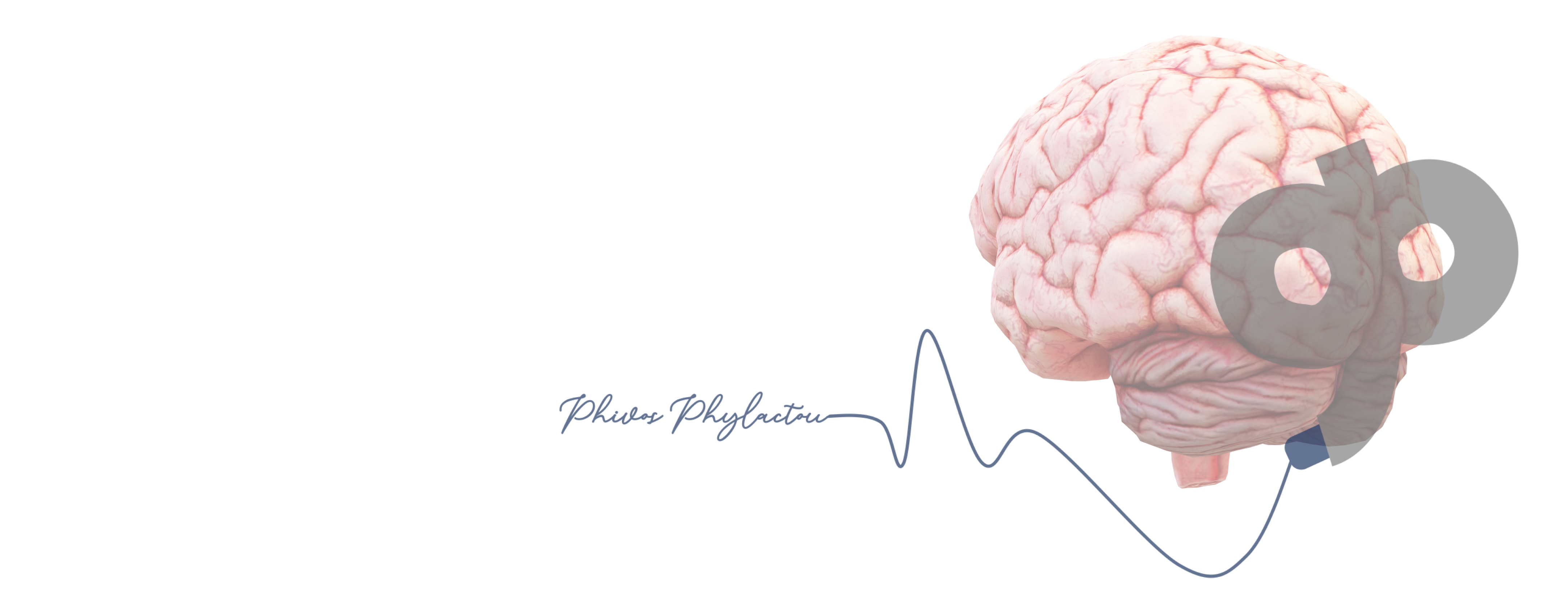Research Projects
RESTORE
RESTORE is a Marie Skłodowska-Curie Actions funded project that will commence on September 2025. You can take a sneak-peak here. Stay tuned!

StimulEYE
StimulEYE is a proof-of-concept study funded through St. Joseph’s Health Care Foundation’s Mary Elizabeth Horney Fellowship in Rehabilitation.
The overarching aim of StimulEYE is to explore whether changes in the brain’s excitability, induced through non-invasive brain stimulation techniques, can be captured through changes in the pupils of the eyes.
Pilots for the project have commenced, with some exciting preliminary findings! Stay tuned…






